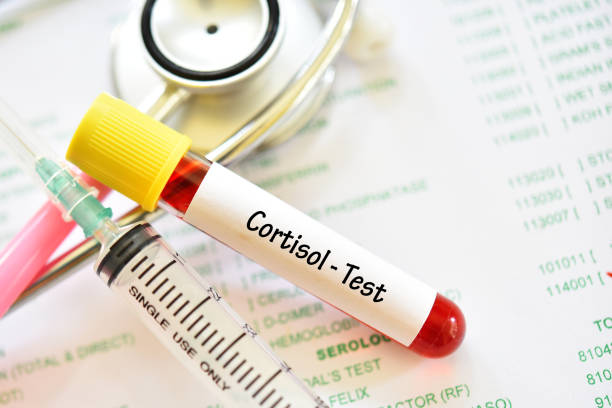Basal Cortisol Concentrations Related to Maternal Behavior During Puppy Development Predict Post-Growth Resilience in Dogs

A prolonged stress hyporesponsive period (SHRP) due to the mother’s presence may delay the timing of glucocorticoid (GC) elevation in infants, thereby reducing the excessive stress response that would affect post-growth temperament. In dogs, the SHRP has been suggested to persist until postnatal week (PW) 4; therefore, PW 5, which SHRP may be prolonged by the mother dog, may be a critical point in the developmental stage of dogs to establish stress responsiveness. We conducted a long-term survey on the development of dogs to investigate i) whether the degree of the stress response at PW 5 is determined by maternal behavior and ii) whether it can predict post-growth stress responses and temperament in dogs. As a result, the offspring of mother dogs who had more delivery experience and exhibited more maternal behavior showed higher basal cortisol concentrations at PW 5. These offspring may have acquired less fear response as an individual trait and had relatively quick adaptability, albeit with high cortisol concentrations during exposure to novel environments post-growth, suggesting that high cortisol concentrations at PW 5 are linked to resilience post-growth. Basal cortisol concentrations at PW 7 were not affected by maternal variables and were not associated with cortisol response to novel environments post-growth. GCs are essential hormones that increase the probability of survival. Therefore, the high hypothalamic pituitary adrenal activities of the mother dogs and their offspring in this study may not immediately indicate negative states, and these results prompt a reconsideration of the role of GC in organisms.
Nagasawa, M., Shibata, Y., Yonezawa, A., Takahashi, T., Kanai, M., Ohtsuka, H., Suenaga, Y., Yabana, Y., Mogi, K., and Kikusui, T. (2021). Basal cortisol concentrations related to maternal behavior during puppy development predict post-growth resilience in dogs. Hormones and Behavior, 136, 105055. DOI: 10.1016/j.yhbeh.2021.105055
Photo: iStock.com/jarun011
View ResourceTopic(s): Behavior, Breeder Resource, Maternal Care, Puppy Development